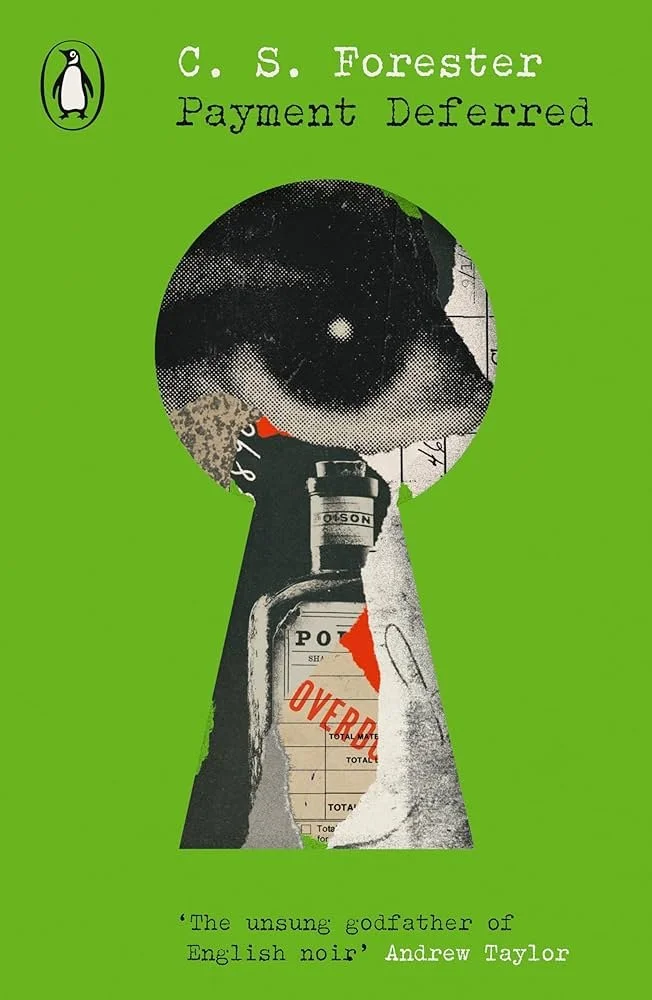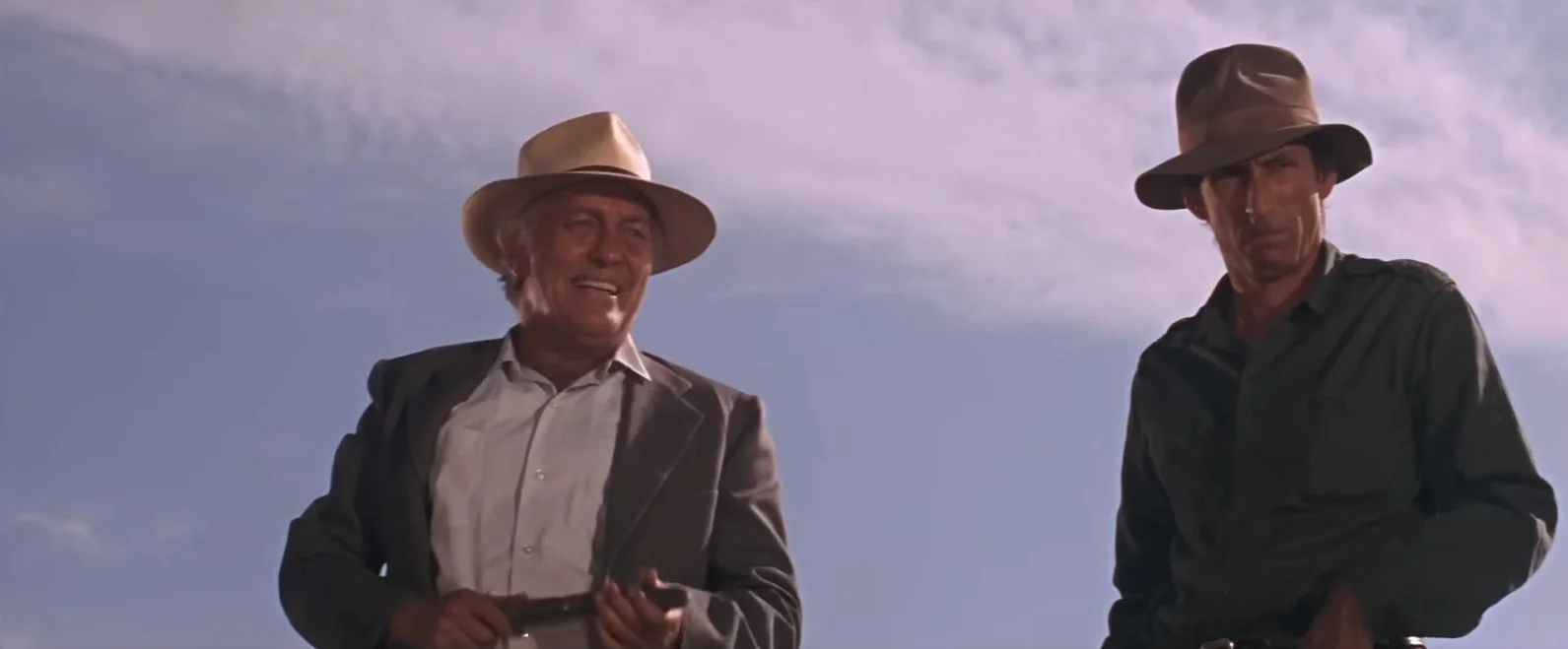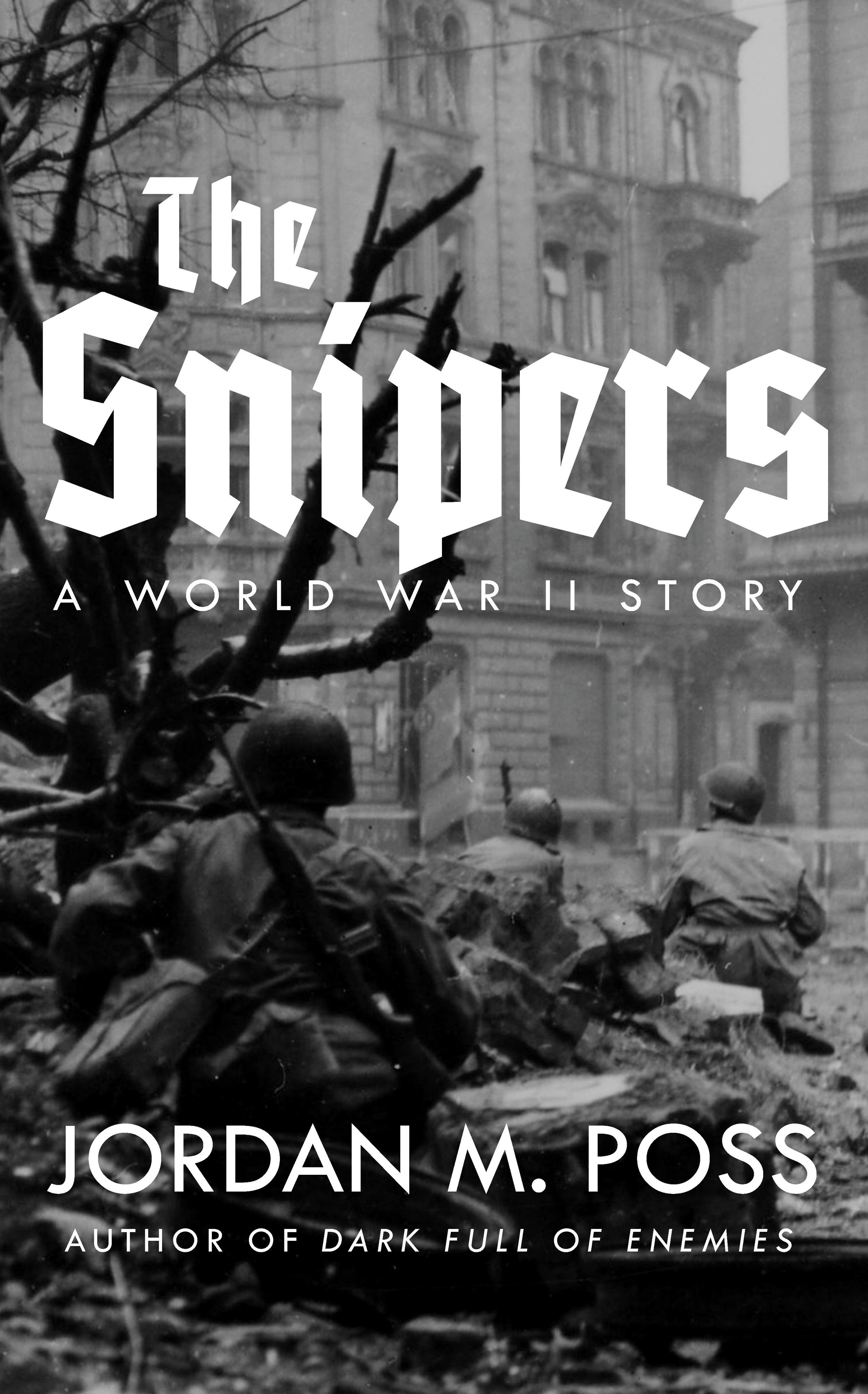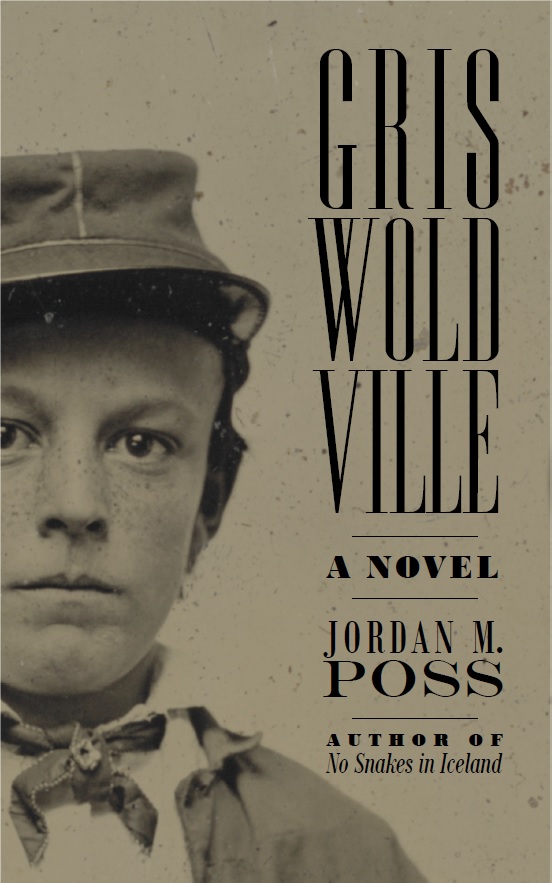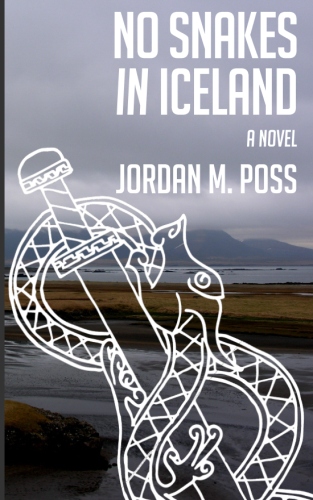Five basic typesetting fixes for self-publishing
/I’m currently reading The Cruel Sea, a 1951 novel about the Battle of the Atlantic by Nicholas Monsarrat. A few days ago on Substack I shared a few pictures of the interior of the book, simply but beautifully designed and set in Janson, a readable typeface still in wide use today.
In my note I called this kind of mid-century design “typographical comfort food.” A number of people agreed, noting the “visual delight” of the look of the page and that good typesetting makes it feel “like I can breathe through my eyes” reading it. Another, very much to the point, described the reassurance that comes with good type design: “You know you’re in good hands.”
This last comment is particularly important because at least two others remarked on self-published books in this context. One, an author of sci-fi, said he took this aspect of books for granted until he started publishing his own work, at which point he realized “it really does make a difference!” Another, slightly more dourly, wrote of the need to undo the damage done by desktop publishing.
I don’t know so much about widespread damage, but self-published books very often look bad at the page level. I’ve certainly put books back on the shelf after looking at an unreadable interior. But I’ve been doing desktop publishing of one kind or another as an amateur for thirty years, and—through a lot of trial and error and, crucially, just looking at a lot of books—have learned a lot about what makes the interior of a book look like a book. I’m no expert, but what I hope to offer here are a handful of specific things people designing their own books can do to make sure readers focus on the writing and not on shoddy typography.
Paragraph spacing
A lot of the problems I see with self-published books come from designing the interior of the book in a program like Word. This by itself is not a problem—I’ve laid out all of my books in Word. The problem is leaving Word’s often moronic default settings in place.
Among the worst of these is Word’s automatic insertion of a space between paragraphs. No professionally published book does this, and to a potential reader, even one who doesn’t know much about design or publishing, it won’t look right. Something will feel off.
This setting can be corrected in the paragraph formatting menu. Under the “Spacing” section, you’ll want to make sure that both “spacing before” and “spacing after” are set to zero.
Level up: Word’s default indentation is set to half an inch (.5”). Finished books don’t indent paragraphs this much. Reset it to .2” or .25”.
Line spacing
Manuscripts may be double-spaced, but a finished book should be single-spaced. You may occasionally see a professionally published book fiddle with the line spacing a bit—1.1 or 1.2 between lines, for instance—but the lines will always be closer to single-spaced than otherwise and precisely how this looks on the page will depend somewhat on the typeface or font (about which more below). Again, too much space between the lines won’t look right.
Like paragraph spacing, this is adjustable in the paragraph formatting menu.
Faith through justification
“Alignment” is how the text in a manuscript lines up with the margins. Word’s default is the entirely sensible “left aligned,” meaning the text will be flush with the left margin but not the right. Professionally published books are “justified,” meaning the text reaches all the way to the right margin on every line (except for the last sentence of a paragraph). This used to be a painstaking task for old-fashioned printers, who had a variety of ways to scootch and squish the text to fit the length of a line, but computers adjust the text to fit the margins automatically. Simply highlight the text and, out of the four alignment buttons, click “justify.”
Caveat: publishers do occasionally get artsy and toy with unjustified text with “ragged” edged paragraphs (my CSB Reader’s Bible has unjustified text), but I’ve never met anyone who actually likes this when they see it. Err on the side of traditional standards.
Level up: Be aware that, once you’ve justified the text of your manuscript, you’ll probably want to go through it looking for places where justification has opened huge gaps between the words on a line. You can manually control hyphenation or letter spacing to fine-tune this.
Stay out of the gutter
Even competently designed self-published books sometimes misstep when it comes to setting up the margins of the page. This is not typically a make-or-break aspect of page design but can be off-putting to readers.
Pick up a dozen or so books at random and flip through, looking at the margins, and you’ll see a wide variety of designs and widths. What you won’t see, however, are margins so narrow that they allow the text to stretch all the way across the page, or margins that allow the text dip into the gutter, the middle of the book where the pages join. If the line is too long, it can tiring to the eye and difficult to see into the gutter, and you want your book design to eliminate as many physical obstacles to the act of reading as possible.
This is slightly more relative than some of the other tips I’m giving here, but in a normally sized paperback book (say 5x8”) the outer margin should be about half an inch. This can be the narrowest margin. The top of the page should be a bit wider, the bottom wider still (to accommodate a page number in the footer, for instance), but the inner margin by the gutter should be around half again as wide as the outer.
I’m still unsatisfied with the margins I laid out in my first published novel. My most recent book and the one I’m most pleased with in regard to margins, has an outer and bottom margins of .7”, a top margin of .6”, and an inner “gutter” margin of .9”. When setting this up in the margins menu in Word, be sure to select “mirror margins” to get the facing-page format of a published book.
Appropriate typefaces
Word’s default typeface or “font” all the way through my school and college years was 12-point Times New Roman (single-spaced, I’ll add). At some point when I was in graduate school someone somewhere at Microsoft decided to goof all of this up. They added that automatic line after a paragraph and reset the default font to 11-point Calibri.
The other defaults in this post are mostly basic manuscript format things you’ll need to adjust to make your book look like a book, but these default font settings are mindbogglingly stupid.
The best size for your text is going to depend on a few factors like the length of the book and how that affects the cost of manufacture. Like margins, what looks best is going to be partly a matter of judgment.
What is and is not an appropriate typeface for the text of a book is not. The problem with Word’s Calibri is that it’s sans-serif. (Here’s a quick primer on serifs.) Professionally published books may use a sans-serif typeface for chapter headings or other design elements, but the actual text itself should always be in a serif font for readability.
Fortunately, there are many, many of these available. A few of my personal favorites, what I like about them, and where you might sample them:
Bembo—a classic old-style typeface with a slightly old-fashioned look and elegant italics. You may see it in older Penguin Classics, religious books from Ignatius Press, or many John Grisham paperbacks.
Sabon—a modern typeface with well-balanced letters; it is also highly readable at all sizes, even down to footnote sizes like 6 points. Very widely used both for fiction and non-fiction now.
Dante—nicely balances old-style design with readability. You may see it in the Walt Longmire mysteries, Penguin Modern Classics fiction, or a variety of non-fiction books.
Minion—a relatively recent but widely used font that is highly readable but, in my opinion, a little bland. Frequently used for non-fiction but you will sometimes see it used for novels—like the Tor Essentials reprint of The Prestige that I read this fall.
Caslon—a nicely weighted typeface with elegant italics that suggests the old-fashioned printing press (it is often used for books on the American Revolution, and there are some varieties that look artificially weathered, like 300-year old pamphlets).
Baskerville—another classic, widely used by university presses and fiction publishers a few decades ago. Like Bembo and Caslon, it has as suggestion of class and history about it. You can see it in Susanna Clarke’s Jonathan Strange & Mr Norrell.
There are plenty of other good typefaces commonly used for professional typesetting, but any one of these will look better than Calibri, Times New Roman, or whatever Word’s default is tomorrow. If these don’t come pre-packaged with your edition of Word, they’re available online in either licensed or free generic versions.
Avoid:
Sans-serif fonts
Typewriter fonts like Courier
Slab-serif fonts, thick, heavy typefaces that are better used for titles or headings than the main body of text
Fonts designed to look like calligraphy or other handwriting
Whimsical fonts, of which there are many available
If what you’re after is professionalism and readability, you should pick something unobtrusive and clear.
Level up: With those strictures in mind, experiment with typefaces a bit. A choice of font doesn’t have to be strictly functional, it can suggest tone, add texture, or, like Caslon for those American Revolution books, suggest a time and place.
Conclusion
One of the challenges—or, if you enjoy this stuff like I do, one of the fun things—about self-publishing is that there are always things to fine-tune and improve. Again, the above is a list of basics that, even if they won’t give your self-published book perfect interior and type design, they’ll at least eliminate some of the most obvious mistakes or problems. As that one Substack commenter put it, you want potential readers to feel that they’re “in goods hands” just by looking inside. I hope y’all find it helpful.




